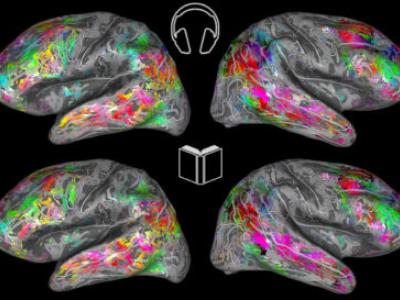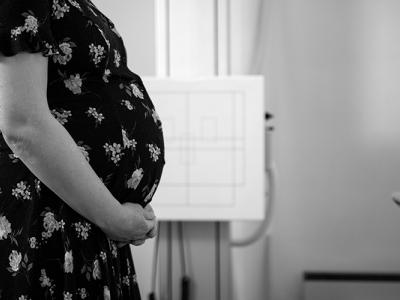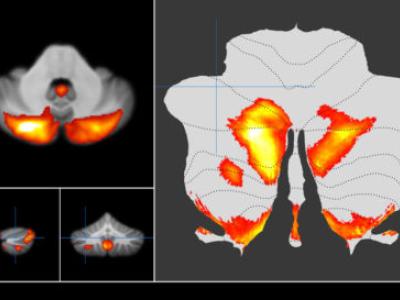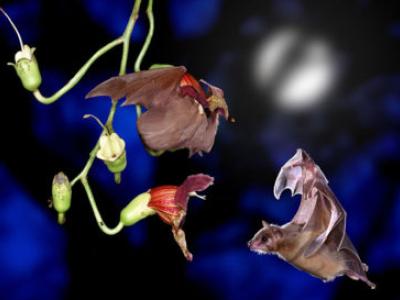Prenatal pesticide exposure linked to changes in teen’s brain activity
Organophosphates are among the most commonly used classes of pesticides in the United States, despite mounting evidence linking prenatal exposure to the chemicals to poorer cognition and behavior problems in children. A new study led by University of California, Berkeley, researchers is one of the first to use advanced brain imaging to reveal how exposure to these chemicals in the womb changes brain activity.











